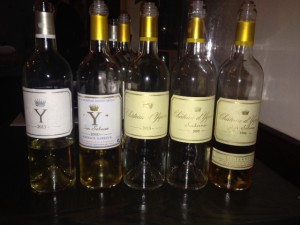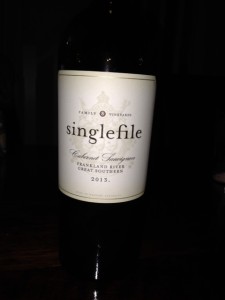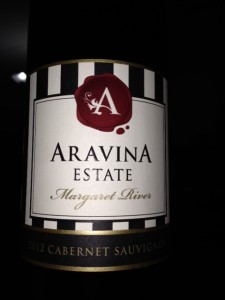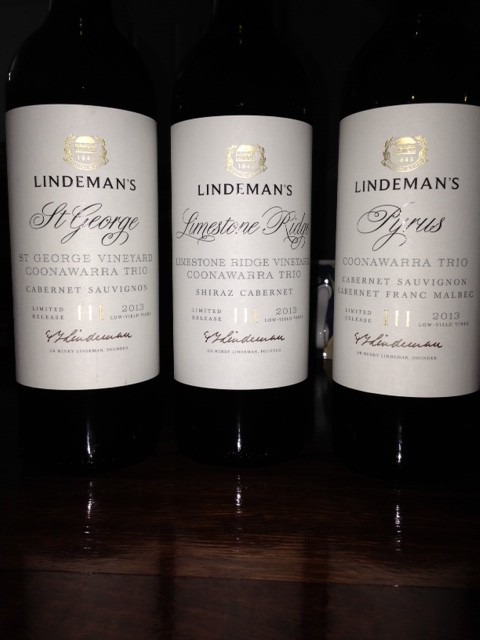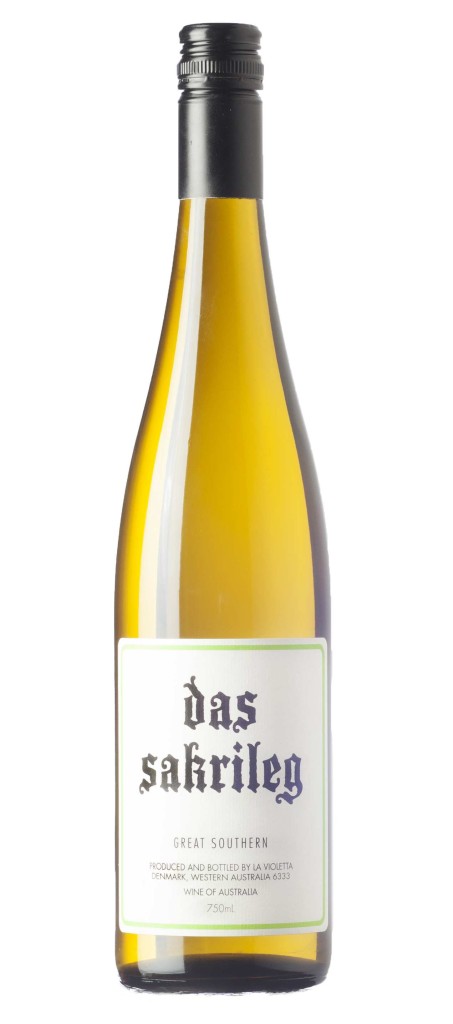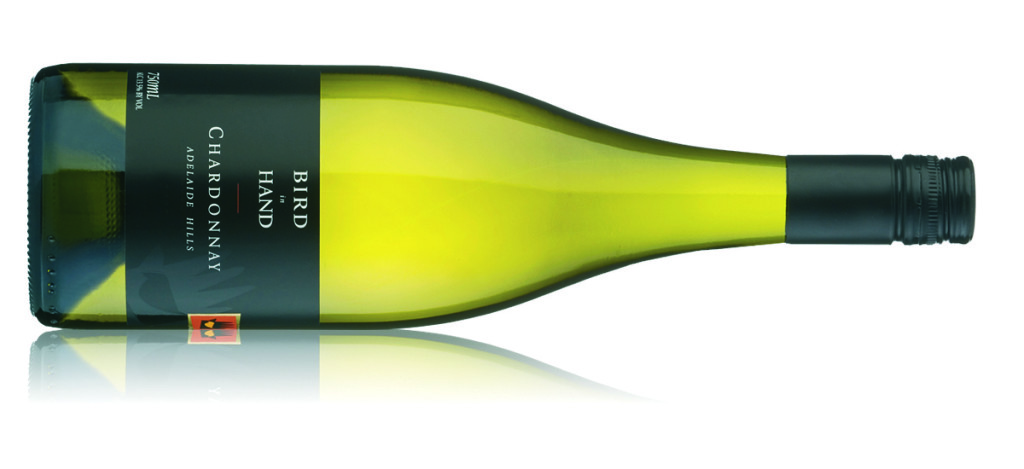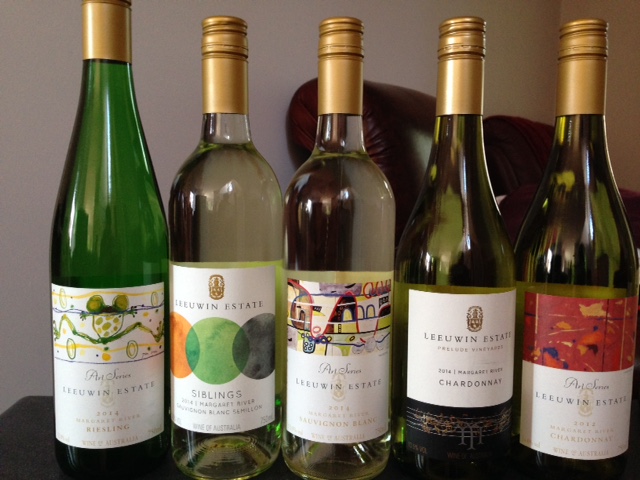Felton Road 2014 Vintage
Barry Weinman: 20th September 2015
Felton Road Winery is one of the oldest wineries in Central Otago. The first vines were planted in 1992, and the first wines produced in 1997. Amazingly, Blair Walters has been the winemaker for every one of those vintages, meaning that 2014 is his eighteenth vintage at the winery.
The winery is located in Bannockburn, a is a (slightly) warmer sub-region of the otherwise cool Central Otago region. Sitting in an inland basin, Bannockburn has warmer days, yet cooler nights.
The winery has 32 hectares of vines spread across four vineyards, three of which are currently in production. The region is surprisingly dry, with annual rainfall of approximately 350mm/year. The rain is spread over all 12 months of the calendar, ensuring excellent vine health.
The winery is certified bio-dynamic, though no fuss is made about this. Blair suggests that it helps in their quest to accurately express a sense of place. Production currently sits at around 12,000 cases.
The team at Felton Road suggest that 2014 may well be their best vintage ever! To complement these, we also tasted a five wine vertical of the Chardonnay and the Cornish Point Pinot Noir.
This tasting coincided with the launch of the new Reidel “Central Otago” Pinot Noir glass, and these were used to great effect. (I look forward to comparing them to the “Chianti” glass, which remains my benchmark all-purpose glass).
Conclusion: Be it the Chardonnay or any of the Pinot Noirs, the wines of Felton Road set the benchmark for Central Otago.
A special thanks to Red and White for hosting this tasting. As the wines were not served in a blind line-up, my points are for illustrative purposes only.
Reviewed – 2014 Vintage
Felton Road – Chardonnay – 2014 (18). A delicate and creamy nose, courtesy of the barrel ferment and malo characters. With air, the pineapple, nectarine and grapefruit aromas build. The palate is defined by minerality and delicate spice. Almost Chablis-like, yet there is a core of ripe, elegant fruit that will build with time in the bottle. Long, fine and restrained, with excellent  balance and mouth-feel. A saline-like tang to close.
balance and mouth-feel. A saline-like tang to close.
The winemaking for the Felton Road Chardonnay has evolved over time. The 2014 only saw 10% new oak. Careful attention is paid to picking times, with the fruit picked relatively early. As a result, the wine went through 100% malolactic fermentation, yet retains lovely acid balance.
Felton Road – Pinot Noir – Bannockburn – 2014 (18.5). Lovely nose that has precise varietal characters over quite generous fruit. The palate is fine and lively, with minerality and spice over cherry-like fruit. Silky and supple, with texturing oak and slightly chewy tannins. The acidity adds drive to the finish. A precise wine that will benefit from a year or two in the cellar. A lovely drink.
A blend of three different vineyards, 4000 dozen made.
Felton Road – Pinot Noir – Cornish Point – 2014 (18.5+).  Feminine and perfumed, the nose is delicate and quite beautiful. Precise, ripe fruit on the palate that is both subtle and supple. There is a mineral character that presents texturally, with very fine fruit tannins and texturing oak adding grip on the very long finish. Builds depth and power with air, and there is serious structure. Give it 5 years.
Feminine and perfumed, the nose is delicate and quite beautiful. Precise, ripe fruit on the palate that is both subtle and supple. There is a mineral character that presents texturally, with very fine fruit tannins and texturing oak adding grip on the very long finish. Builds depth and power with air, and there is serious structure. Give it 5 years.
Matured in 30% new oak, which was air-dried for three years, 1100 cases made.
Felton Road – Pinot Noir – Block 3 – 2014 (18.7). Vibrant fruit on the nose, with depth and obvious power to the fruit. Lovely fruit on the palate. Silky mouth-feel, the fruit builds and fans out with air like the proverbial peacock’s tail. Tremendous length and presence, though this is quite understated. A joy to drink now, but will build if you are patient.
From the oldest vines on the property and some of the oldest in Central Otago. 12 – 14 months in oak. No fining or filtration, indigenous yeast. Natural malo. 600 dozen produce.
Felton Road – Cornish Point Pinot Noir – 2009 – 2013
Felton Road – Pinot Noir – Cornish Point – 2013. (18). Lovely perfumed nose. Ripe, fresh cherry and red berry fruit over spice notes. The palate is rich and dense, with excellent mouth-feel and texture. Chewy tannins, mineral-like acidity to close. A lovely wine from a warmer year.
Bannockburn – Pinot Noir – Cornish Point – 2012 (18.6). Detailed, accurate and almost Burgundian. Complex earthy notes meld with the ripe fruit into a seductive, enticing nose. Fantastic mouth-feel and texture, the drying tannins complementing the fruit brilliantly. Depth, presence, power, yet supple and restrained. A great wine from a very good year.
Felton Road – Pinot Noir – Cornish Point – 2011 (17.5). There is an immediacy here that is attractive, but this lacks the depth and structure of the best. Good length, with the acid driving the finish. Drinking now with food. From a challenging year.
Felton Road – Pinot Noir – Cornish Point – 2010 (18.3 – 18.5). Relatively closed and restrained on both the nose and the palate. Precise and fine, with cherry and red berry fruit to the fore. The mouth-feel is a standout. Near seamless, with silky tannins and supple oak just holding the fruit in check. Really needs another 5 years to hit its straps. With air, this opens up. From a cooler year that proved to be very good.
Felton Road – Pinot Noir – Cornish Point – 2009 (18+). Lovely immediacy to the fruit on the nose. This reflects in the palate. Silky, textured and delicious, with slightly chewy tannins. The dense fruit on the palate is good to go now. A powerful wine from a cooler year.
Felton Road Chardonnay – 2009 – 2013
Blair takes a fairly hands-off approach to the Chardonnay, avoiding filtration where possible, due to the naturally stability of the wines. Whole bunch pressed, barrel fermented with wild yeast. They spend 12 months in up to 15 year old oak, with a small amount of battonage to add texture.
Felton Road – Chardonnay 2013. Lovely nose that has mineral and spice notes over nectarine and white peach. The palate is defined by taut acidity and supple, creamy texture. Drinking well now, but will open with time.
Felton Road – Chardonnay 2012. More complexity here, with an almost Burgundian feel. The nose has curry-leaf minerality over stone fruit notes. The palate is supple, rich and complete with excellent length and texture. An excellent wine that can be drunk any time over the next 5 years.
Felton Road – Chardonnay 2011. Has a presence that is very attractive. Stone fruit and spice, with a touch of smoke and flint to close. A complete wine that is drinking well now. Delicious!
Felton Road – Chardonnay 2010. Delicious. Complex, developed, chewy and textured, with just a hint of honey. A decent drink now.
Felton Road – Chardonnay 2009. Fine, supple, rich and textured, Powerful fruit and great length of flavours. A touch of viscosity adds to the mouth-feel. Drinking perfectly now.






